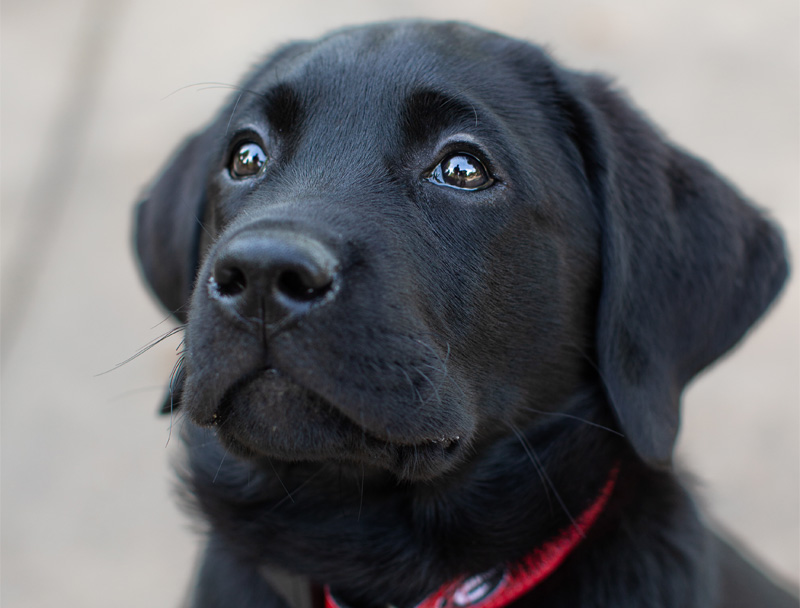
Pet Cataracts & Other Intraocular Surgeries in Greenville, SC
Is your pet bumping into things or developing cloudy eyes? Carolina Animal Eye offers expert pet cataract surgery and intraocular care to restore vision and comfort.
Helping Pets See the World Again
Cataracts, lens luxation, and other intraocular diseases affect the structures within the eye that are critical for vision. These conditions are often progressive and can lead to blindness, but surgical treatment can preserve or restore sight and quality of life.
Our veterinary ophthalmologists perform a range of intraocular surgeries, including:
- Cataract removal with synthetic lens replacement
- Lens luxation removal
- Treatment of other lens-related and intraocular diseases
Using state-of-the-art techniques and equipment, we provide safe, effective care tailored to your pet’s specific condition, age, and overall health.
What Is Cataract Surgery for Pets?
Pet cataract surgery is a delicate procedure that removes a cloudy, diseased lens and replaces it with a clear, synthetic intraocular lens (IOL). This allows light to properly enter the eye again, dramatically improving vision in most patients.
We use phacoemulsification, the same modern technique used in human cataract surgery. Ultrasonic waves break up the cataract before it’s gently removed. Once the clouded lens is gone, a synthetic lens is implanted to restore near-normal focus.
This surgery is typically performed on an outpatient basis under general anesthesia, with detailed pre- and post-operative care to ensure optimal healing.

What Is Lens Luxation?
Lens luxation occurs when the lens dislocates from its normal position inside the eye. It can cause sudden pain, elevated eye pressure (glaucoma), or rapid vision loss. If caught early, lens removal surgery can relieve discomfort and help preserve your pet’s sight.
Our team is experienced in managing anterior and posterior lens luxations, offering both emergency and elective surgical options depending on the severity of the case.
Signs Your Pet May Need Cataract or Intraocular Surgery
If your pet is showing any of the following signs, it may be time to consult a veterinary ophthalmologist:
- Cloudy or bluish appearance in one or both eyes
- Squinting or signs of eye discomfort
- Diagnosed lens luxation or advanced cataracts
- Bumping into objects or reluctance to move in unfamiliar spaces
- Sudden changes in vision
Early diagnosis is key to preserving vision — don’t wait until your pet’s symptoms progress.
Benefits of Intraocular Surgery for Pets
- Improved Vision – Cataract surgery can restore functional eyesight, allowing pets to return to normal activities.
- Pain Relief – In cases of lens luxation or secondary complications like glaucoma, surgery can significantly reduce pain and pressure.
- Enhanced Quality of Life – Pets who regain their vision often show improved confidence, mobility, and engagement.
- Prevention of Complications – Surgical treatment can prevent secondary issues like retinal detachment, inflammation, or permanent blindness.
What to Expect
Before Surgery:
Your pet will receive a comprehensive eye exam and diagnostic testing, including ocular ultrasound and electroretinography (ERG), to determine if they’re a good candidate for surgery.
During Surgery:
We perform procedures under general anesthesia with expert monitoring. Most pets return home the same day. Surgeries are carried out using an operating microscope for precision, along with a specialized cataract machine called a phacoemulsifier to ensure the best possible outcomes.
Aftercare:
Postoperative medications and follow-up visits are essential for healing and long-term success. Our team provides detailed guidance and support at every stage.
